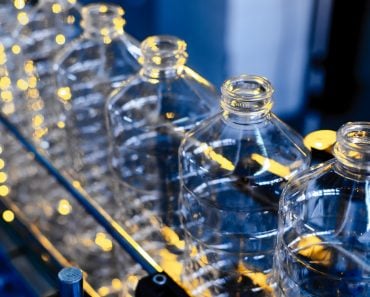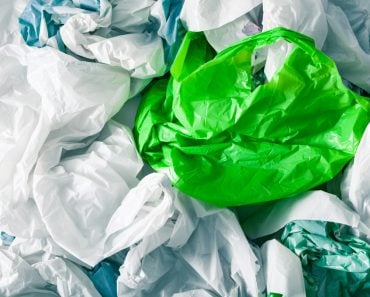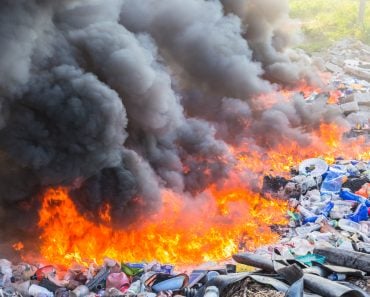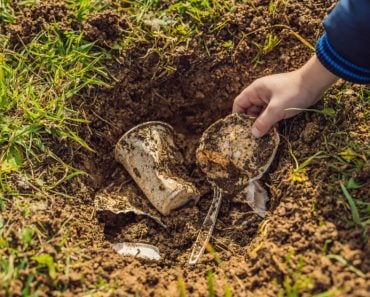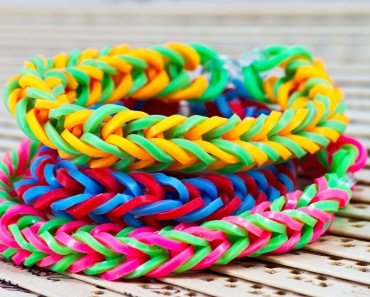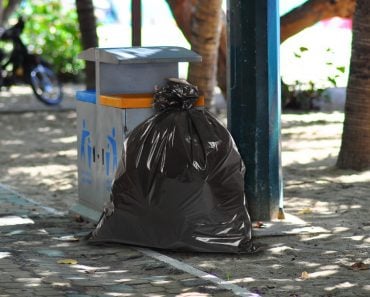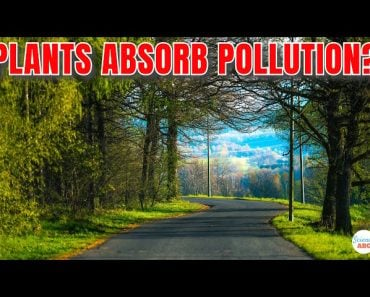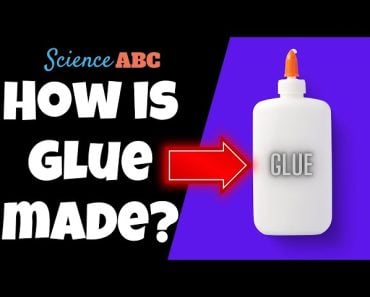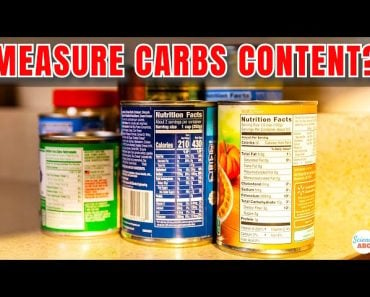Table of Contents (click to expand)
Plastic wrap is chiefly made of low-density polyethylene, which has additives such as plasticizers and antioxidants. Bits of the plastic and the additives can leach into the food with time and high temperatures.
The search to replace the use of natural resources led to the beginning of the plastic era. Today, we use plastic exhaustively; it occupies every corner of the earth, even in places where it is not supposed to be… like our food!
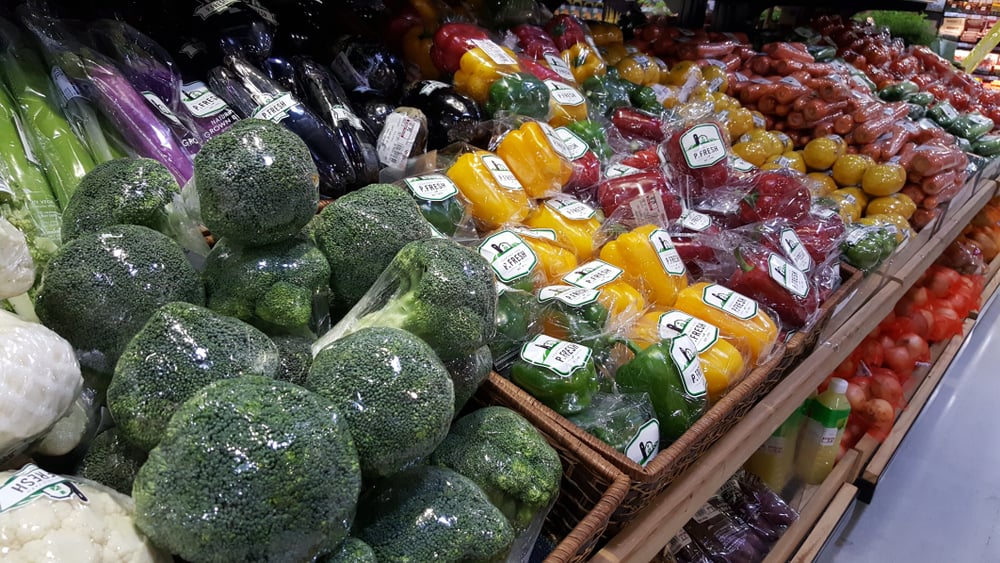
If you are wondering how the plastic is getting into food, pay attention to the plastics in your home. From storage containers to food wraps, plastic seems inescapable. Plastic wraps can shield food from microbes and oxidation, but it also presents a list of drawbacks for that same food.
Recommended Video for you:
Plastic As Food Wrap
Plastic can be grouped as either thermoplastics or thermosets. Thermoplastics can re-shape upon heating. In contrast, thermosets gain a permanent shape once heated. You can guess which plastic is the preferred polymer for food wrap—thermoplastics!
Earlier, polyvinyl chloride or PVC (a thermoplastic) was the major polymer for wrapping food products. However, with the growing concerns about environmental harm, other polymers have taken the lead over PVC.
At present, low-density polyethylene (LDPE) is popular for food wraps because it is lightweight and expands well. It acts as a barrier to air and microbes, and reduces water loss from the food, preventing dehydration.
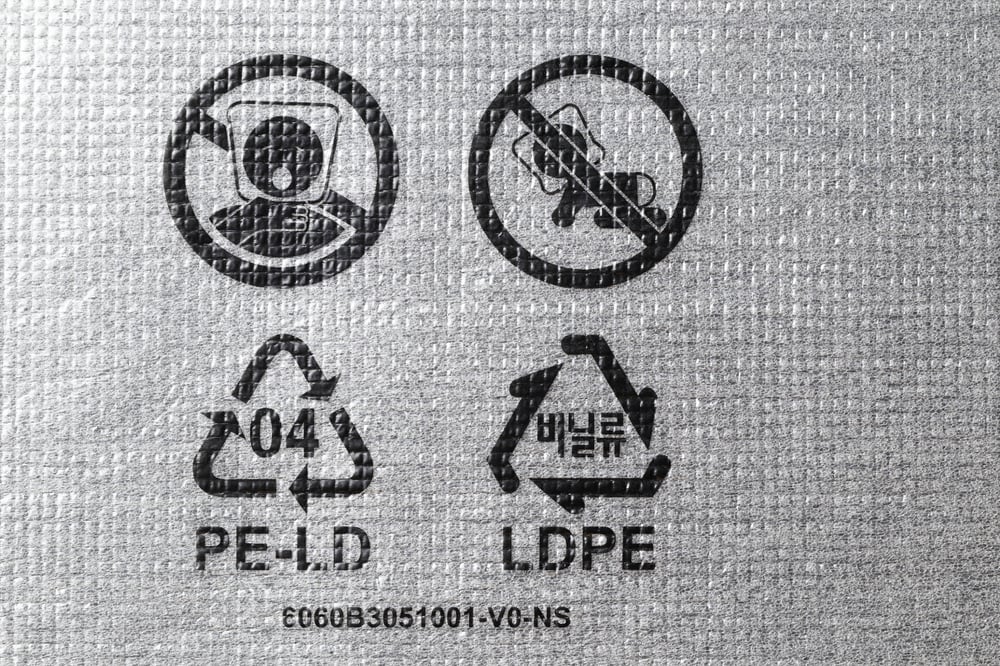
Interaction Of Food With Plastic Wraps
Three types of interaction exist between plastics and food. They are:
- Sorption
- Migration
- Permeation
Sorption refers to the movement of food components into plastic wraps, namely plastics absorbing the moisture from food. Fats (also called lipids) can also be absorbed into lipophilic plastics (plastics in which fat can dissolve).
Migration refers to the movement of the plastic’s constituents into food. The concentration of additives is higher in polymers than in food. As a result, diffusion favors the additive’s mobility into the food. Moreover, smaller parts of the plastic polymer can migrate into the food.
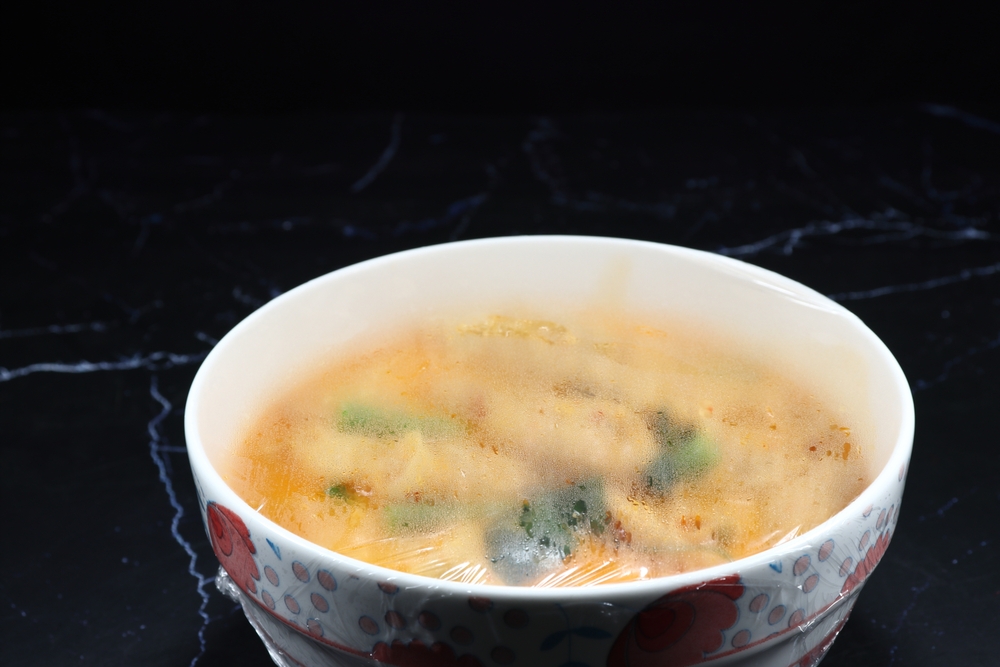
Permeation: This is a two-way phenomenon. It involves the exchange of gases or liquids through plastic packaging. Permeation can occur by diffusion from the external environment to the food, and from the internal food to the outer surroundings. It leads to food oxidation and also makes way for the entry of microbes from the surroundings into the food.
Concerns With Plastic Wraps
Plastics are the result of polymerization reactions and chemicals, such as catalysts, and additives aid these reactions. These harmful processing chemicals leach into the food. Polymerization is often incomplete, so little sections of the plastic polymer, called monomers and oligomers, can enter the food. This list of chemicals used in plastic wrap includes the following.
Plasticizers are solvents that increase the flexibility of plastics. Their molecular weight is 300 or higher. They occupy the in-between spaces of polymer.
Currently, DEHA, Di-(2-Ethylhexyl) adipate is the prime plasticizer used in wraps. It was found that DEHA migrates into food the longer it stays in contact with food and at higher temperatures.
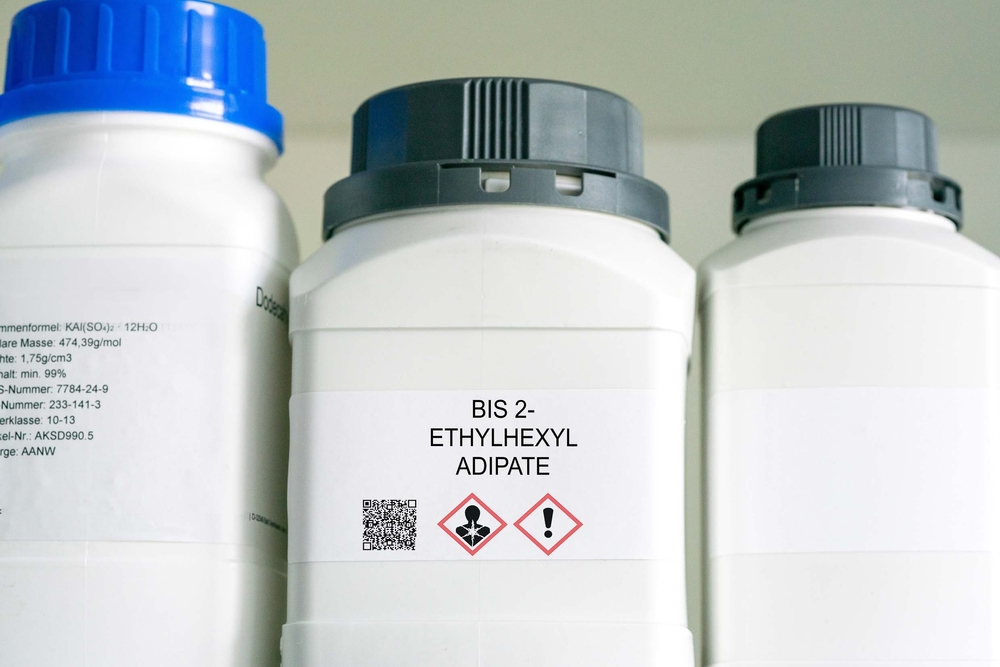
Polythene is a type of polyolefin, an unsaturated hydrocarbon linked by a minimum of one double bond. This plastic is lipophilic and absorbs fat from the surface of the food. This interaction (sorption) can change food’s flavor and texture.
Besides, if the plastic covering is permeable, it allows oxygen (permeation) to enter. Oxygen can lead to the rancidity of fatty foods. Rancidity refers to the incomplete breakdown of fats in food, causing off-flavors and a bad smell. In extreme cases, it can also produce harmful byproducts.
The antioxidants in plastic prevent the above-mentioned oxidative reaction of food. Chemicals such as arylamines and phenols are commonly used as antioxidants. However, the negative side is that these antioxidants break free from the polymer with an increase in temperature and fat content, and subsequently harm the packaged food.
In recent years, protective biofilms have increasingly been used in plastic packaging. Biofilms prevent direct contact between food and plastic, but studies show that some of the elements from these films are unstable and also spread into the food.
How To Use Plastic Wraps Safely?
All that said, plastic wraps are still extremely efficient at improving the shelf life of food and reducing food waste. Fortunately, there are ways to use plastic wrap safely.
Leave a gap between food and plastic wrap; the wrap ideally shouldn’t touch the food.
Heating hastens the leaching of chemicals, so avoid exposing plastic-wrapped food when heating or microwaving your food.
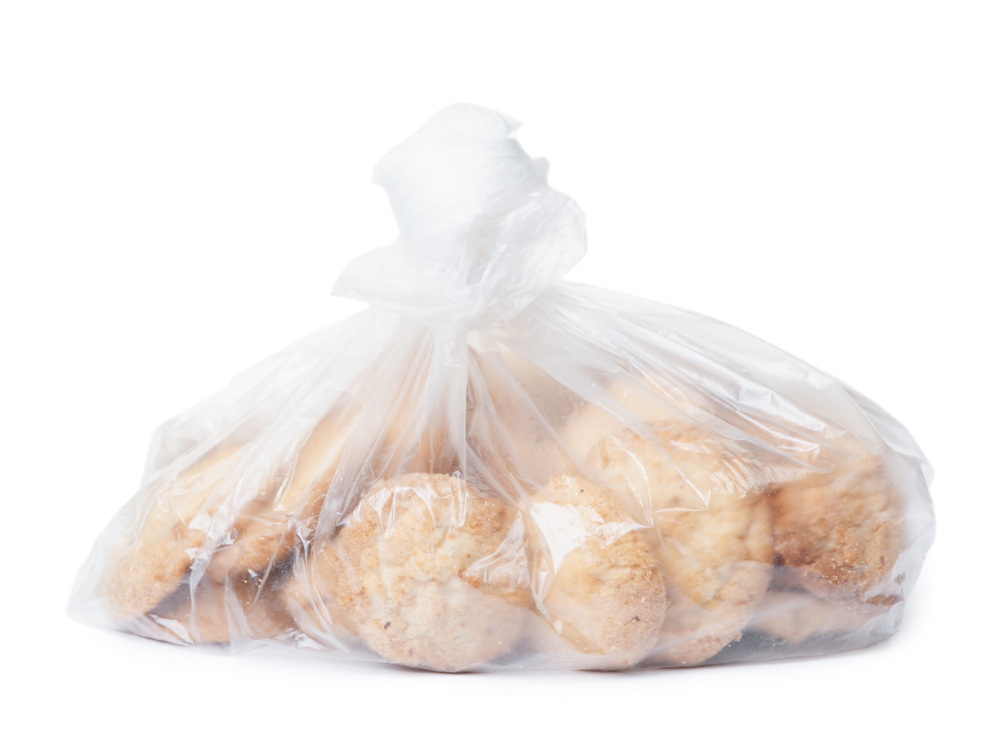
Conclusion
Plastic has become a universal polymer in all households and industries. At present, LDPE is the primary polymer for making food wraps. Its synthesis includes polymerization and processing with various chemicals. These chemicals, such as plasticizers and antioxidants, leach out upon contact with food, thus reducing the food quality. Also, the polymerization reaction always leaves out a few monomers and oligomers, which pose a threat of spreading to food.
A new technique of biofilm covering has been gaining interest. It prevents direct contact between food and plastic, but only some films are effective, and others show potential mobility into the food upon contact.
Studies show that food-wrap plastics show a greater affinity to fat-rich foods, and offer increased mobility on heating. Thus, avoiding heating or microwaving food when it is in contact with plastic wraps is preferable. Also, leave space while covering food with plastic to prevent direct contact.
References (click to expand)
- A Brief History of Plastic's Conquest of the World. Scientific American
- Kirwan, M. J., Plant, S., & Strawbridge, J. W. (2011, March 17). Plastics in Food Packaging. Food and Beverage Packaging Technology. Wiley-Blackwell.
- Packaging – Plastic Wrap - Center for Research on Ingredient .... Michigan State University
- Caner, C. (2017). Fundamentals of the Sorption (Scalping) Phenomena in Packaged Foods. Reference Module in Food Science. Elsevier.
- Hahladakis, J. N., Velis, C. A., Weber, R., Iacovidou, E., & Purnell, P. (2018, February). An overview of chemical additives present in plastics: Migration, release, fate and environmental impact during their use, disposal and recycling. Journal of Hazardous Materials. Elsevier BV.
- (1996) Interactions between polymeric packaging materials, fatty .... The Food and Agriculture Organization of the United Nations
- Is plastic a threat to your health? - Harvard Health. Harvard University
- Plastic packaging, microplastics, and food safety. The Ministry for Primary Industries
- Lithner, D., Larsson, Å., & Dave, G. (2011, August). Environmental and health hazard ranking and assessment of plastic polymers based on chemical composition. Science of The Total Environment. Elsevier BV.

